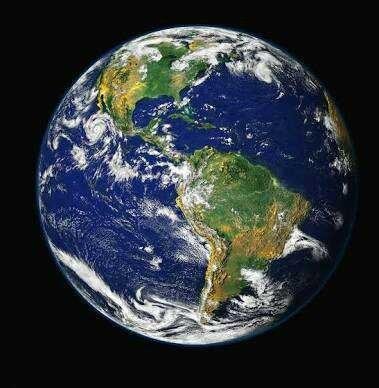Why our earth is spherical not flat????
You may have seen that all that we call a planet is round (or most likely more absolutely, an oblate spheroid - somewhat shorter along one hub than the other). That is on the grounds that shape is one of the criteria deciding if something can be known as a planet. In the event that it's not circular, at that point in fact it's not sufficiently gigantic to be a planet - it would most likely be known as a planetoid, predominate planet, space rock or comet, contingent upon its size and cosmetics. Or then again it may be a moon if it's in circle around another planet. Mars' two moons are a case of bodies that did not increase enough mass to wind up circular fit as a fiddle:
More than billions of years, amid the arrangement of our close planetary system, gas and tidy have twirled around together, gathering into greater and greater bunches. Once in a while, the greater clusters would impact and stick together, making considerably greater bunches, and those clusters would continue sucking in all the littler pockets of material around them. In the long run, they would achieve a mass where all the little bits are pulling on each other so savagely that they begin crunching internal. Bigger effects make a great deal of warmth, which condenses a portion of the material, which at that point streams internal toward the focal point of gravity before it in the long run solidifies once more. Littler effects soften parts of the surface which stream and turn out to be generally level.
